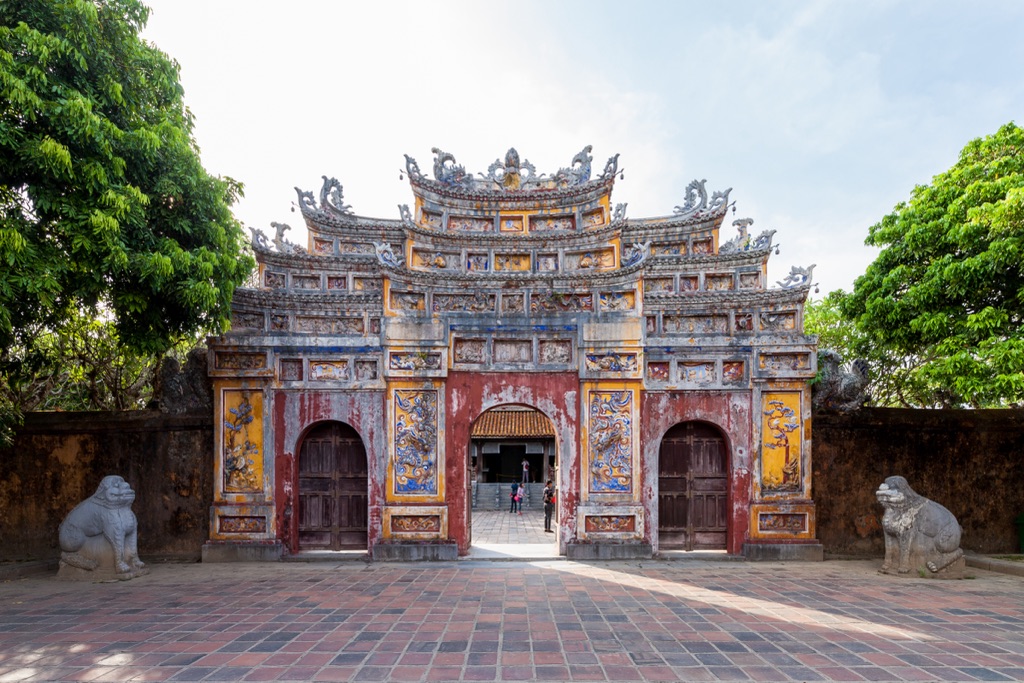The Imperial City of Huế stands as a monumental landmark in central Vietnam. It was the capital of the Nguyen Dynasty, the last royal dynasty of Vietnamese history. This sprawling complex of palaces, temples, walls, and gates served as the political, cultural, and religious center of Vietnam from 1802 until 1945. The Imperial City is renowned for its traditional Vietnamese architecture, with influences from French design during the colonial period. It is a UNESCO World Heritage Site, recognized for its historical significance and well-preserved structures.
Get your dose of History via Email
Historical Background of the Imperial City of Huế
The Imperial City of Huế was constructed under the reign of Emperor Gia Long, the first Nguyen emperor, in the early 19th century. It was designed to serve as the administrative and ceremonial center of the dynasty. The city was built within the capital, Huế, which was chosen due to its central location in Vietnam. The construction began in 1804 and was completed in 1833 under the rule of Emperor Minh Mang. The Imperial City was modeled after the Forbidden City in Beijing, reflecting the strong cultural influence of China on Vietnam.
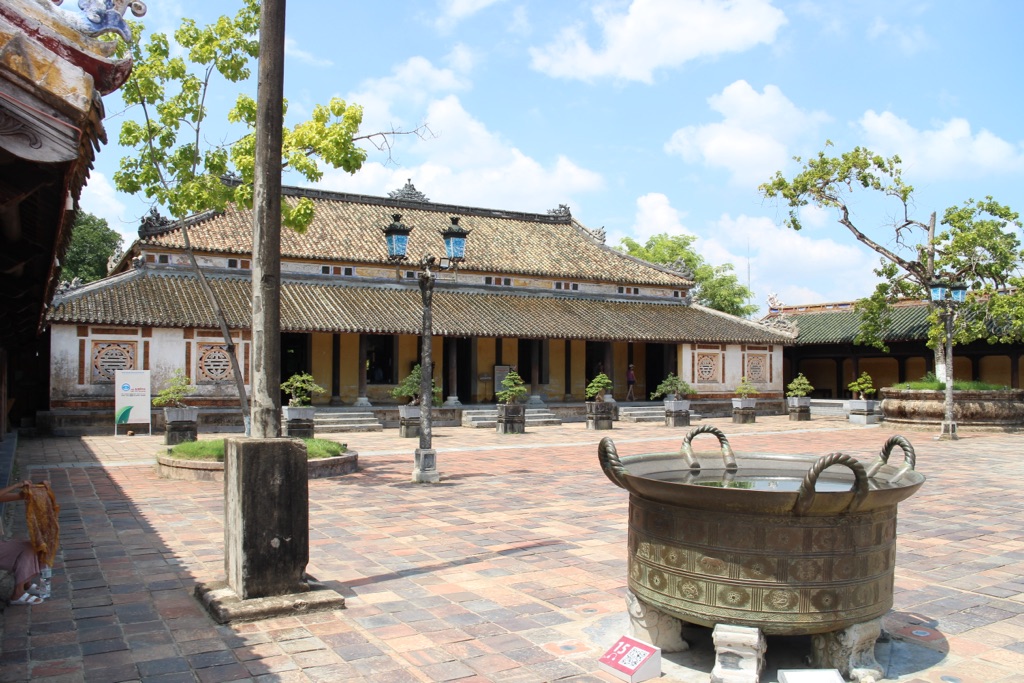
Throughout its history, the Imperial City has witnessed significant events, including the abdication of the last emperor, Bao Dai, in 1945. During the Tet Offensive of 1968, the city suffered extensive damage due to military conflicts. The battle of Huế was one of the longest and bloodiest battles of the Vietnam War. Despite this, many of the structures within the Imperial City have survived or been restored.
The discovery and subsequent restoration of the Imperial City of Huế have been gradual. The site was recognized as a World Heritage Site by UNESCO in 1993, which brought international attention and aid. Restoration efforts have been ongoing, with the aim of preserving the site for future generations.
The Nguyen Dynasty emperors inhabited the Imperial City until the end of the monarchy. The city’s design and construction were carried out by Vietnamese workers and artisans under the guidance of French architects, blending Vietnamese and French architectural elements. The complex is a symbol of the Nguyen Dynasty’s power and the cultural heritage of Vietnam.
The Imperial City of Huế has been the scene of many historically important events, particularly during the 19th and 20th centuries. It has been a focal point for cultural development, political movements, and educational advancements in Vietnam. Today, it stands as a testament to the country’s rich history and resilience.
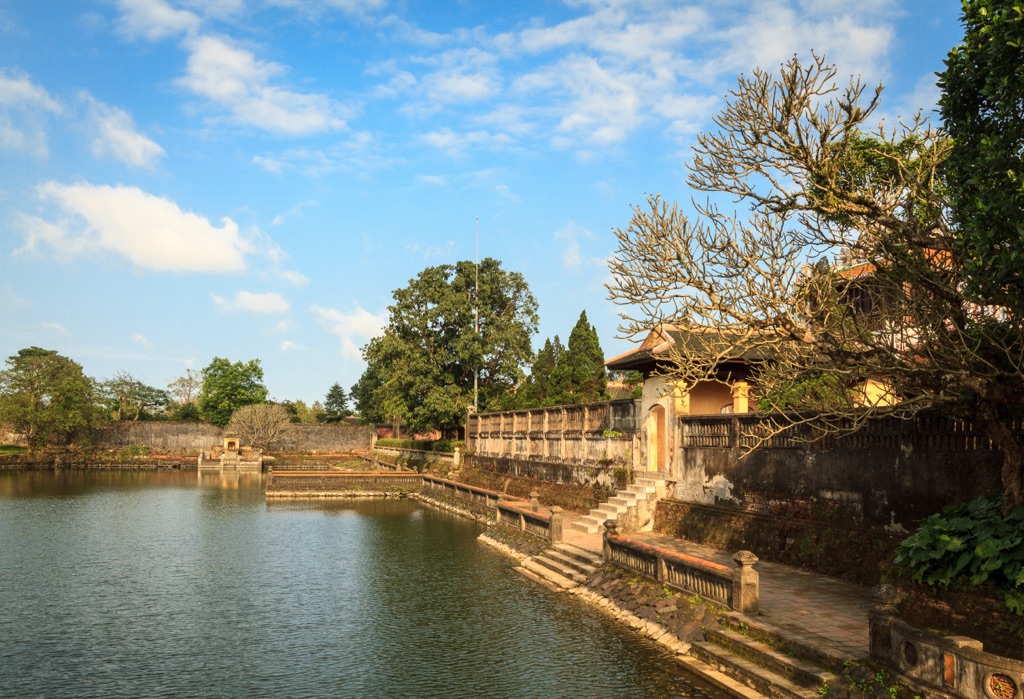
About the Imperial City of Huế
The Imperial City of Huế is a fortress-like compound surrounded by thick stone walls and a moat. The complex spans an area of 520 hectares, with the Purple Forbidden City at its core, reserved for the emperor and his family. The architecture of the Imperial City is a blend of Vietnamese traditions and French colonial influences, with intricate details and symbolic motifs.
Construction materials for the Imperial City were sourced locally, including timber from the surrounding forests and bricks made from the clay of the Perfume River. The roofs are adorned with imperial yellow tiles, a color reserved for the emperor. The layout of the city is based on geomancy and symbolic principles, with the main axis aligned with the Huong River.
Architectural highlights of the Imperial City include the Ngo Mon Gate, which served as the main entrance, and the Thai Hoa Palace, where official ceremonies took place. The Hien Lam Pavilion stands as a monument to the Nguyen Dynasty’s ancestors, and the Forbidden Purple City housed the emperor’s private residence.
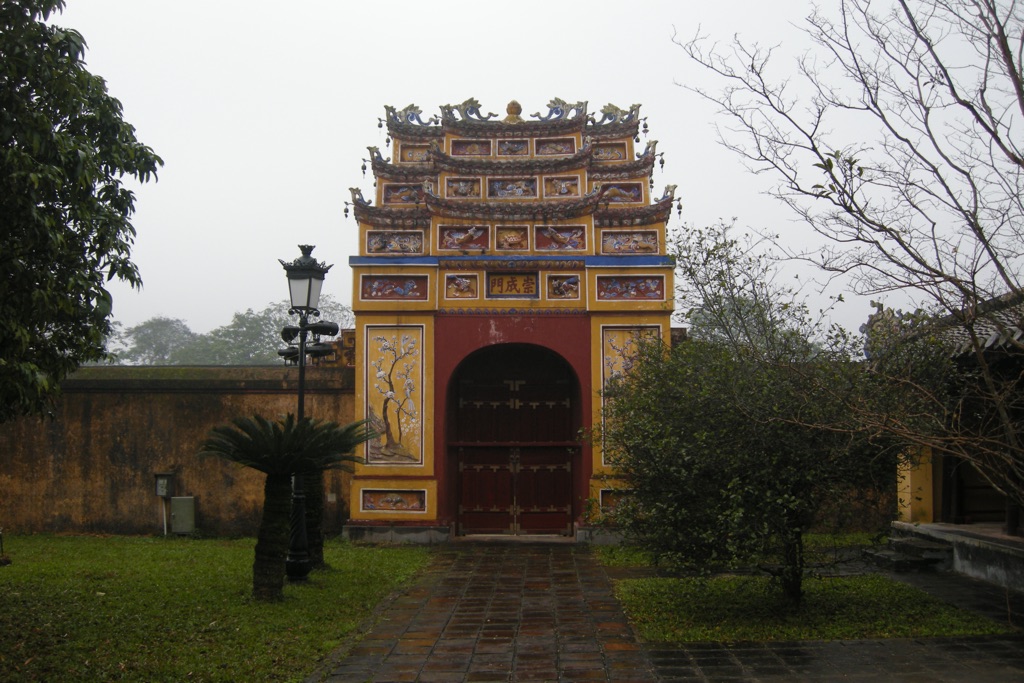
The design of the Imperial City reflects the social hierarchy of the time, with separate areas for the military, civil servants, and royal family. The complex also includes gardens, ponds, and other leisure areas, showcasing the importance of nature in Vietnamese culture.
Despite the damage from wars and natural disasters, the Imperial City’s remaining structures continue to attract visitors. The site is an outstanding example of Vietnamese royal architecture and has been the subject of extensive restoration projects to preserve its historical and cultural value.
Theories and Interpretations
The Imperial City of Huế has been the subject of various theories and interpretations. Historians and archaeologists have studied the site to understand its significance in Vietnamese history. The city’s layout, based on feng shui and Confucian principles, suggests a deep connection with nature and the cosmos.
Some theories propose that the Imperial City was not only a political center but also a symbol of the emperor’s divine mandate. The meticulous design and orientation of the buildings reflect the belief in the emperor’s role as a mediator between heaven and earth.
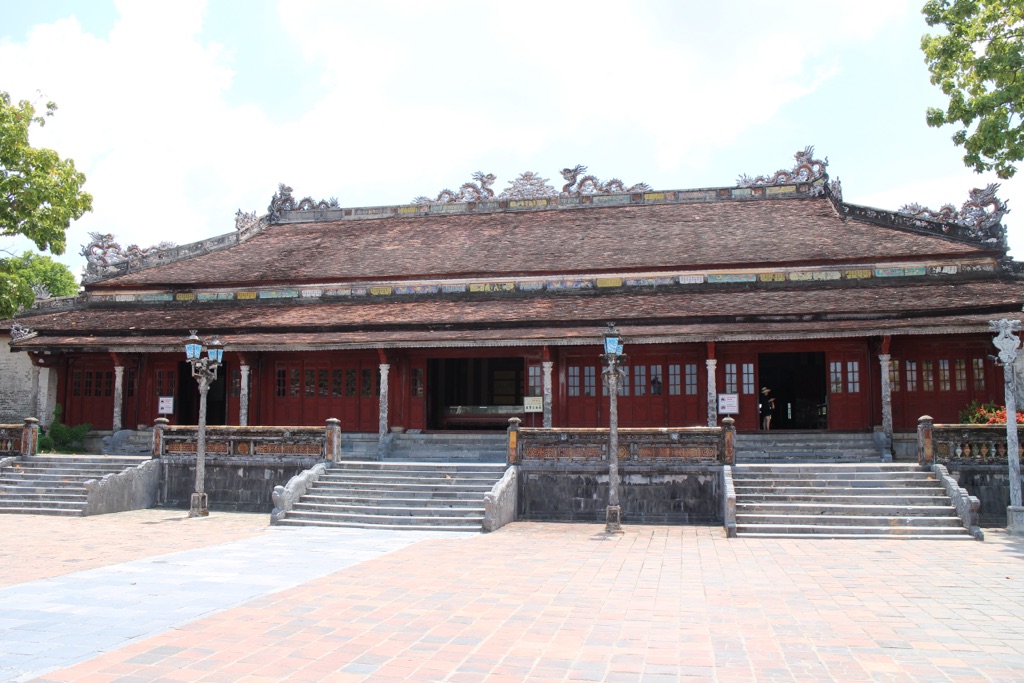
Mysteries surround certain aspects of the Imperial City, such as the use of some buildings and the rituals performed within its walls. Researchers have matched historical records with the physical evidence to piece together the daily life and ceremonies of the Nguyen Dynasty.
Dating of the structures within the Imperial City has been carried out using various methods, including dendrochronology and analysis of construction materials. These studies have helped establish a timeline for the construction and modifications of the site.
The interpretations of the Imperial City’s purpose and significance continue to evolve as new discoveries are made. The site remains a focus of scholarly research and a source of national pride for Vietnam.
At a glance
Country: Vietnam
Civilization: Nguyen Dynasty
Age: Early 19th century (Construction began in 1804, completed in 1833)
Conclusion and Sources
Reputable sources used in creating this article:
- UNESCO World Heritage Centre – https://whc.unesco.org/en/list/678
- Wikipedia – Imperial City, Huế – https://en.wikipedia.org/wiki/Imperial_City,_Huế

